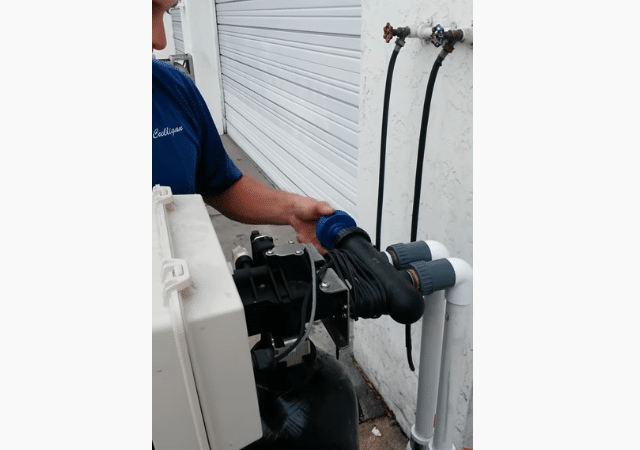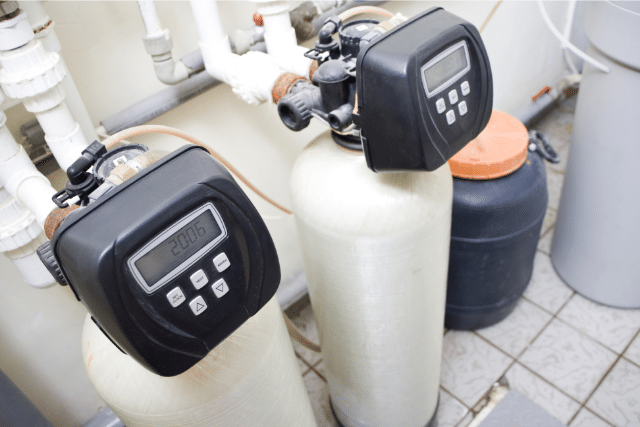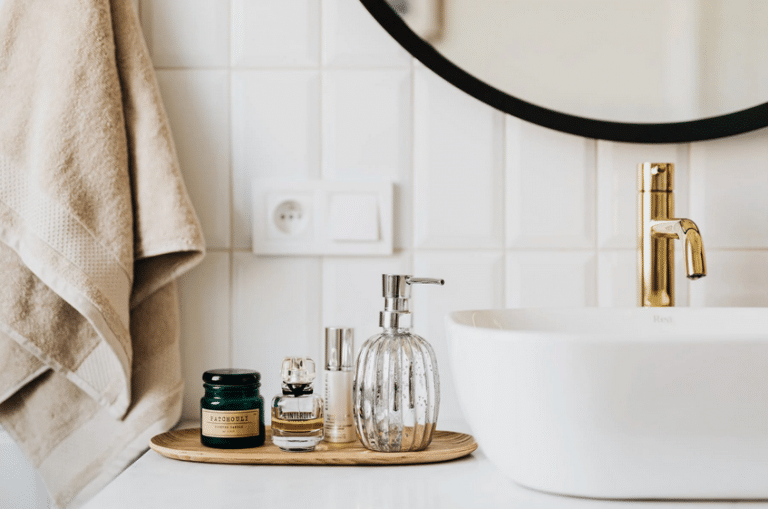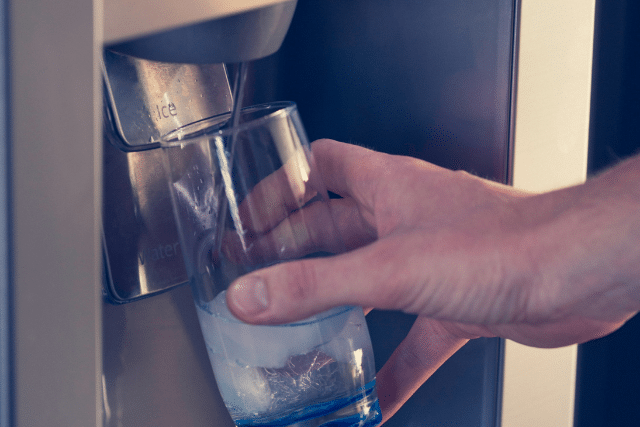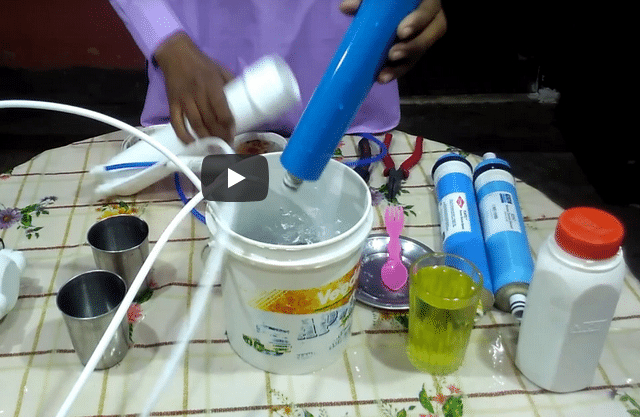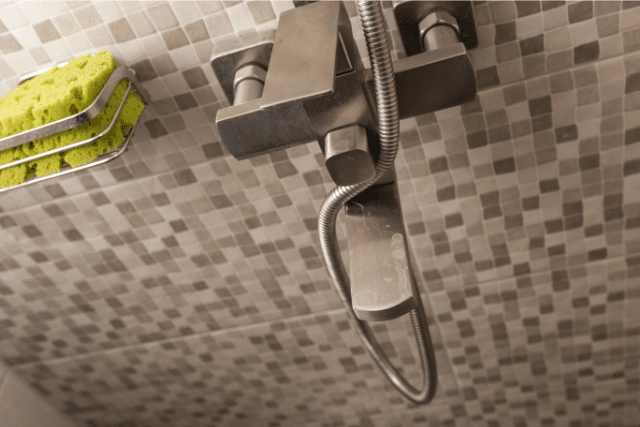DIY Lava Lamp With Baking Soda At Home
DIY LAVA LAMP WITH BAKING SODA
Lava lamps are originally ornate and pretty lamps that don’t give out much light, but are great to look at and improve mood. The lamp comprises a capsule of a distinctive colored wax mixture inside a glass vessel, the rest of which contains colorful translucent liquid.

Now we can make our very own DIY Lava lamps with items such as baking soda, vinegar, and oils from our kitchen pantry. No, you don’t need exotic or extra-special ingredients to make your own DIY lava lamp.
DIY lava lamps are exciting to watch, young children enjoy the bubbles. They also love to create different versions of their DIY lava lamp.
The lava lamp was created in 1948 by an English accountant named Edward Craven Walker. It took fifteen years to perfect the lava lamp. The lava lamp was not well known in the 70s, but after the Austin Powers’ movies, it experienced an explosion in popularity.
But it is now well known as a fascinating science experiment enjoyed by kids and relaxing for adults. DIY lava lamps have become an activity that is very stimulating for kids. You can see how their minds get busy thinking of the bubbles they are creating.
This experiment is easy to do, and kids from preschool up can succeed at making the lava lamp. Another most exciting thing about the DIY lava lamp is that no two lamps are the same. So every time kids make a lamp, the bubbles look unique.
It’s especially recommended for kids who are old enough to sit still and watch the mesmerizing reaction.
There are several ways to make the DIY lava lamp with Baking soda.
OPTION 1
This lava lamp is made with the following ingredient
Ingredient list:
- 4 tablespoons baking soda
- 1 and a half cups of oil (vegetable or baby oil)
- 1/ 4 cups vinegar
- Food colouring
- Measuring cup
- Spoon
- Plastic cup
- 1 empty plastic bottle
Time: 15 minutes
How to make it:
- Add the 4 tablespoons of baking soda to the jar. It’ll settle to a layer at the bottom of the bottle.
- Pour the oil into the bottle. Do this carefully so it settles on top of the layer of baking soda already in the bottle.
- Pour the vinegar into a cup add 3 to 4 drops of food color
- Use the pipette to add drops of colored vinegar into the bottle. You’ll get a reaction. Continue to add more vinegar and watch the reaction and bubbles float in the bottle.
If you used distinct drops of colors, the colors will combine and still form a very vibrant colors.
OPTION 2
Ingredients list:
- 4 tablespoons Baking soda
- 2 tablespoons citric acid
- 1 cup baby oil
- 1/4 cup water
- 1 jar
- food colouring
How to make it:
- Add water to a jar
- Pour the oil into the mixture
- Add 3-4 drops of food colouring. By now the magic should have begun. The food colour dropping to mix with the oil.
4.Add the baking soda and citric acid mix to the jar and watch the coolest bubbles surface
OPTION 3
Ingredient list:
- 2 tablespoons baking soda
- 1 cup oil
- I/4 cup vinegar
- Food colour
- 1 jar
- Measuring cup
- Spoon
- Plastic cup
How to make it:
1.Pour the baking soda to the bottom of the jar.
- Pour the oil
- Add the mixture of vinegar and food colour using a pipette and see the bubbles start to form. As the bubbles find their way from the oil into the water the reaction gets more beautiful.
OPTION 4
Ingredient list:
- I/4 cup vinegar
- 1 cup oil
- 1 tablespoon water
- Food coloring
- 3 tablespoons baking soda
- Measuring cup
- Spoon
- Plastic cup
How to make it:
- Pour the oil into a jar
- Then pour the vinegar into the oil in the jar
- Put 2 to 3 drops of food coloring into the mixture. Watch as the food colour drops go all the way to the bottom of the bottle to settle.
- Mix the baking soda and water into a thick paste.
- Add the baking soda paste to the jar and watch as the reaction. It is a fascinating and beautiful sight to behold; the bubbly reaction in the jar.
No two lava lamps are the same, for instance, you can;
Use tonic water instead of water
Use photoluminescent pigment instead of food coloring
THE ALTERNATIVE ALKA SELZER INSTEAD OF BAKING SODA OPTION
Ingredient list:
- Baking soda
- 1 mason jar
- 1 teaspoon Alka Seltzer
- 1/4 cup Water
- 1 cup oil (vegetable or baby oil)
- Measuring cup
- Spoon
- Plastic cup
How to make it:
- Add the water to the jar
- Pour the oil. by now the jar should be almost full to the tip
- Add 3-4 drops of food coloring. by now the magic should have begun. the food colour dropping to mix with the oil.
- Add the Alka Seltzer.
- By now the lava lamp will be bursting with bubbles. After a few minutes, the bubbly reaction will slow down. Add more Alka Selzer to continue to watch the fun.
Please note that the reaction can be stored for later use.
If you have had enough excitement for one day and what to close the lid, please wait till the reaction has completely stopped. this is so the bottle doesn’t rupture when a lid is placed on it prematurely.
OPTIONAL INGREDIENTS
The below ingredients can create a decorative DIY lava lamp
- Sequins
- Glitter
- Flashlight
All these ingredient changes does not stop your lava lamp from bubbling.
DIY LAVA LAMP AND SCIENTIFIC EXPERIMENT
There is a science behind all the exciting reactions the DIY Lava Lamp is about.
Let us examine some of the ingredients 1 after the other.
Baking Soda
Baking soda is a chemical compound also known as a base. This base substance when combined with water, releases hydroxide ions. In the making of DIY lava lamps Baking soda is the base.
Vinegar
Vinegar is an acid that contains high levels of positive hydrogen ions. When making lava lamps vinegar is the acid.
A combination of base and acid creates the chemical reaction that happens when making DIY lava lamps.
What happens during a chemical reaction is simply chemical bonds being created or torn down.
When baking soda and vinegar are mixed the end reaction is carbon dioxide.
This carbon dioxide is the gas that bubbles up as soon as the vinegar comes in contact with the baking soda.
Diffusion is the movement of molecules from an area of high concentration to that of lower concentration. .
Diffusion happens when the food coloring mixes with the water or vinegar in a resplendent swish.
Tonic water causes the Lava Lamp to glow because the quinine present in tonic water illuminates under black light. This gives a lava lamp its glow.
Polarity is the reason vinegar and oil don’t mix at all. The concept that describes how certain molecules repel or are attracted to other molecules is known as polarity.
Vinegar is an acid, and its molecules are attached. They are also polar molecules because the molecules are slightly charged. White vinegar, which is one ingredient used in making lava lamp typically comprises 4–7% acetic acid and 93–96% water. In some formulations, it is used interchangeably with water. In others, it is used alongside the water. Water is lighter than oil, hence it settles at the bottom of the bottle.
The oil contains non-polar molecules, and they are attracted to other non-polar molecules.
Non-polar molecules naturally repel polar molecules and vice versa.
So the vinegar droplets do not mix with the oil.
All this amazing science is why the Lava lamp is the mesmerising lamp we know. It is colourful and a joy to behold.
The DIY lava lamp is easy to make. The experiment is what you can take on without having to leave your house.
The items you may need to make one can all be found in your pantry.
You can use any clean recyclable plastic bottle or a mason jar. All the other measuring items are kitchen staples.
Lava Lamps are as easy to make as they are beautiful and relaxing to behold.
And a secret tip for parents. The lava lamp method of baking soda continues to activate long after the first bubbles rise to the top of the bottle or jar. This means while your young ones are busy with their DIY lava lamp science experiment you have free time for yourself.
The lava lamp is a fun and educative way to engage children. Try it out with your kids. We promise it’s fun!

